Tue Sep 15 2020 · 8 min read
New National Security Strategy Takes Holistic Approach But Needs Streamlining

By Sossi Tatikyan
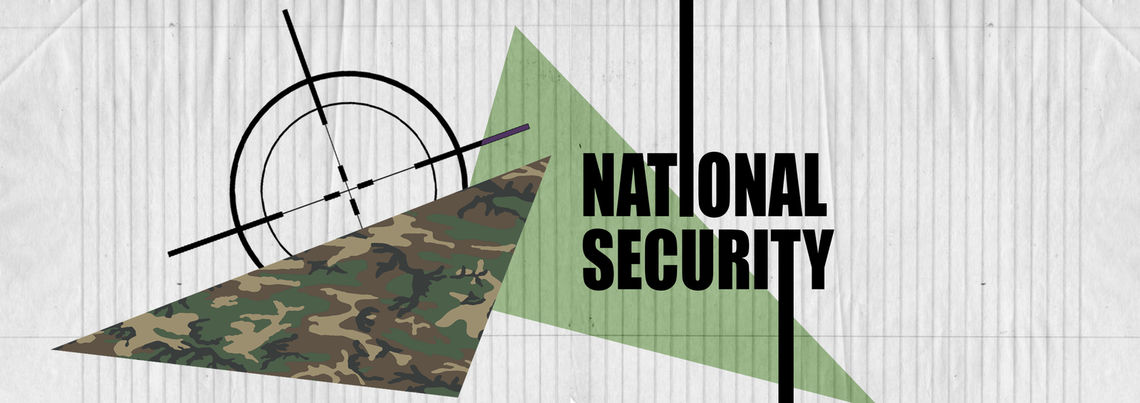
In a previous article, written at the beginning of the development process of Armenia’s new National Security Strategy (NS Strategy) in August 2019, I explained that Armenia chose the format of an NS Strategy, a more action-oriented document, rather than a National Security Policy for a strategic framework to address the security needs of the state and its people.
The process of the document’s development was highly inclusive. All three parliamentary factions were consulted and two parliamentary committees – the Standing Committee on Defense and Security and the Standing Committee on Foreign Relations – were included in the drafting team. The Office of the Security Council, which coordinated the entire process, held several rounds of consultations with a wide and diverse range of civil society organizations, experts and academia. The NS Strategy needs to be non-partisan, based on a consensus between various circles of society. The new Armenian NS Strategy has largely succeeded in that endeavor. Interestingly, it mentions the 2018 Velvet Revolution only once in the text for having set high standards for state security, development and prosperity. Given that democracy, human rights and policy reforms were the core promises of the Velvet Revolution, it would be important to communicate that message to the international community.
Given the fact that Armenia has transitioned to a parliamentary system of governance, it would have been useful to present the completed draft in a parliamentary or public hearing, or at a workshop for an inclusive group of MPs to receive feedback prior to its final adoption. However, COVID-19 started exactly when the draft was just completed, preventing parliamentary and public hearings, replacing them with virtual webinars with limited participation. On July 10, 2020, the Security Council meeting chaired by Prime Minister Nikol Pashinyan approved the NS Strategy. The Armenian Constitution does not prescribe the approval of policies and strategies by the National Assembly, but the PM, Speaker of the National Assembly and the President’s representative are all members of the Security Council or participate at its meetings. Below are my personal thoughts on the final version.
The PM’s introductory remarks begin the NS Strategy by presenting the sets of values, goals, rules for co-existence and the outline for relationships with the world. They represent a balanced combination of national interests and universal values, principles and standards. It is worth noting that NS strategies are public documents and are intended not only for domestic audiences but also for the international community, as a basis for international cooperation in the areas of defense and security. The modern concept of security includes not only state but also human security. The principles of non-violence and the intention for inter-ethnic dialogue underlined in the remarks set the right context for international partners.
Some critics have questioned the reference to the Armenian Apostolic, Armenian Catholic and Armenian Evangelical churches, which appears to give the three equal weighting. Recently, the relationship between church and state has been a sensitive topic in Armenian society. While the 2005 Constitution clearly stated the principle of separation between the two, the current 2015 Constitution states that religious organizations shall be separate from the State but also recognizes “the exclusive mission of the Armenian Apostolic Holy Church, as a national church, in the spiritual life of the Armenian people, in the development of their national culture and preservation of their national identity.” The NS Strategy hasn’t underlined the exclusivity of the Armenian Apostolic Church but demonstrated an inclusive approach encompassing all three branches of Armenian Christianity, which is important for the unity of Armenians.
The NS Strategy has adopted a holistic approach to security, including not only defense, international relations, protection of Artsakh, genocide prevention and diaspora considerations, as traditionally perceived by many in Armenia, but also democracy, human rights, rule of law, socio-economic development and the well-being of citizens. It would be useful to articulate the interdependence and correlation between security, human rights, rule of law and socio-economic development before elaborating on each of them, as is the practice for United Nations policy documents. At the same time, here are my thoughts on how the structure of the document could be streamlined further.
Armenia’s security environment is sufficiently explained. Threats and challenges, both external and internal, are well outlined. One significant risk that is not mentioned in the document is the possible frustration of citizens if the high expectations set by the Velvet Revolution of 2018 are not fulfilled by authorities, or if its opponents are successful in preventing the declared reforms from taking place. This is a challenge in any transitional society after any revolution; it cannot be underestimated and needs to be honestly spelled out, along with the pledge of authorities to deliver its promises.
The parts of the NS Strategy on the promotion of a more favorable external environment and promoting international security and peace could be merged to avoid duplications and grouping various partner countries and organizations under two different headings with similar content.
The part on deterrence and neutralization of military threats is clear and complete, including developing military cooperation and capabilities, military-industrial potential, and democratic governance and oversight of the defense sector. The principle of political neutrality is important for avoiding the involvement of the armed forces in maintaining public order, such as suppressing protests. The commitment to integrity and international humanitarian law in the armed forces could be underlined. The idea of neutralizing the adversary’s quantitative advantage with qualitative excellence is transformational. Defense Vision, developed by the Defense Minister, further expands and elaborates those priorities and the ways to accomplish them.
The part on ensuring the security of Artsakh is carefully formulated, without specifically pre-determining the expected outcome of negotiations but underlining all of its essential components.
The part on the prevention of genocide mentions the importance of “Turkey’s respect for the comprehensive security of Armenia and the Armenian people” and “Turkey’s recognition of the Armenian Genocide and the rights of its victims and their descendants.” This perspective diplomatically formulates Armenia’s agenda to accomplish those ends.
The term “pan-Armenian outlook” is underlined as one of the main principles of national security and foreign relations. Being very meaningful for the domestic audience and referring to the sense of identity and unity between Armenia, Artsakh and the diaspora, it may be misinterpreted and negatively perceived by international audiences, even if its content explains what it stands for.
The section on securing democracy, human rights and the rule of law underlines the importance of a separation of powers, judicial reform, integrity of the judiciary, zero tolerance toward corruption, free, fair and transparent elections, the rights and freedoms of each person, including minorities and marginalized groups, ensuring women’s participation in social and political life, including at the decision-making level, decentralization of local governance, dialogue with civil society, and freedom of expression and media except for hate speech, incitement to violence, racism and extremism. More systematically, strengthening public administration institutions and the integrity and strategic planning skills of its personnel should be underlined as key for implementing institutional reform. It is imperative to materialize those objectives since most of them were included in the previous NS Strategy, developed by previous authorities. It was their insufficient implementation that resulted in the 2018 Velvet Revolution.
The section on ensuring the security, development and well-being of citizens and the state’s socio-economic development refers to public safety, cybersecurity, food security, energy security, social well-being and demography, intellectual potential in high-tech and defense sectors, public health and biosecurity, and the environment.
Usually, state and public security should either be included after the defense sector as internal vs. external security, or in the section on rule of law. It is unusual to find it in the same pillar as socio-economic development. The NS Strategy mentions the importance of reforming security institutions, with a focus on parliamentary, political and civil oversight, calling them legal-bureaucratic reforms. The use of the term bureaucratic is unusual and could be replaced with institutional reform or security sector reform, in line with accepted international terminology. It would also be important to emphasize the compliance of those reforms with human rights standards, preventing the excessive use of force against citizens and the delineation of the roles of the army and the police not allowing militarization of the police, neither the use of the army for internal security purposes. A reference to the police reform strategy adopted in April 2020 would be appropriate here.
The parts on ensuring cybersecurity, food security and energy security are well articulated.
For instance, energy security underlines the importance of the diversification of means and routes of energy supply, and the further development of nuclear energy.
Promoting well-being and improving the demographic situation, combined in one pillar, are two different objectives. While the second objective is well elaborated, the first is vague, while it is well-known that poverty, inequality, unemployment, lack of social cohesion may result in dissatisfaction and, therefore, emigration and protests. It would be useful to elaborate the components of well-being and the actions to accomplish them.
Directing intellectual potential toward the high-tech and defense sectors also refers to two different sectors. While the defense industry could be merged with the defense sector, high-tech could be in the same pillar with cybersecurity with linkages to the science, research and development sectors. It would be useful to have an additional part on education and culture, since they have been an integral component of the preservation of Armenian identity. Nowadays, no nation can be secure without high standards of education and developing culture through a combination of national and global elements.
Promoting public health and biodiversity could have been elaborated further as a newly-emerged threat. Although high technologies are highlighted as key for managing public health, the experience of COVID-19 demonstrates that some developing countries are handling pandemics better with simple preventive measures than the most technologically-advanced countries; therefore, an interdisciplinary approach needs to be applied for public health emergencies. Rehabilitating, protecting and improving the environment is quite well elaborated touching upon its key aspects, but the question remains whether expansion of the green economy and reduction in land damaged by mining is sufficient to mitigate the consequences of mining or if the latter needs to be reduced overall.
Finally, a good normative framework, policy or strategy is not the perfectly drafted document but one that is consistently brought to life, not deviating from its vision and neutralizing challenges and bottlenecks. Since this document is a strategy and not a policy, it would be useful to outline the actions constituting the roadmap of implementation of the identified directions and objectives more clearly, including the institutional mechanisms of its implementation and coordination, the link with other normative documents, such as the Armenian Transformation Strategy, Defense Vision, Human Rights Strategy, Police Strategy, and the next steps of developing sectoral strategies.
also read
Armenia’s New National Security Strategy: Sharing First Impressions
By Vahram Ter-Matevosyan
Armenia’s Security Council recently introduced a new National Security Strategy after a 13-year hiatus. Vahram Ter-Matevosyan writes that while it is an important milestone and invested efforts are praiseworthy, the document, with a few exceptions, is inward-looking and unambitious.
On the Elaboration of Armenia’s New National Security Strategy
By Sossi Tatikyan
Armenia is set to have a new National Security Strategy. The current strategy, adopted in January 2007, had all the necessary components, but was outdated and remained a largely superficial and declarative document as many of the defined values and principles were not fully respected or promoted.
From Protecting the Corrupt to Punishing the Corrupt (or It Seems)
By Lusine Sargsyan , Nerses Kopalyan
Can the popularity of the National Security Service be sustained after the dismissal of Artur Vanetsyan? It can, but only through one mechanism: rigid institutionalization and the complete alleviation of the personalization of politics in Armenia.
Armenia Gets Serious About Reforms: Making Sense Out of Vetting
By Nerses Kopalyan
As an instrument of transitional justice, vetting is designed to “cleanse” state institutions that are tainted by systemic corruption, nepotism, and incompetence. Vetting of personnel is the first step toward the broader goal of institutional reform, writes Dr. Nerses Kopalyan.
Police as Public Servants: A New Armenian Model?
By Aramayis Avetisyan
Armenia’s Government approved the Strategy on Armenian Police Reform and its accompanying action plan back in April. Will the implementation of this new strategy help to heal decades of mistrust?
Policing Armenia’s Police
By Aramayis Avetisyan
A number of police reforms have been introduced over the last two years. Though changes to date have been fragmented, a new strategy document promises a new approach.

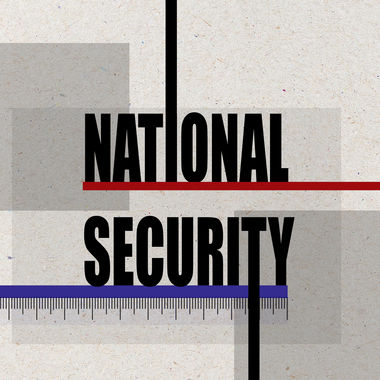

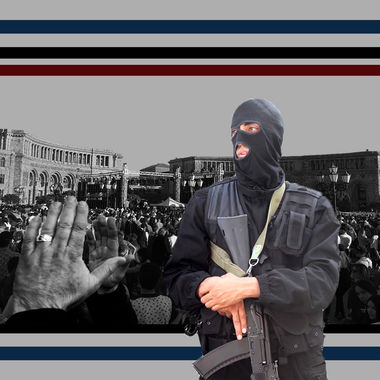

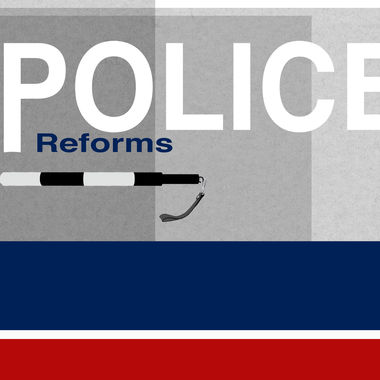
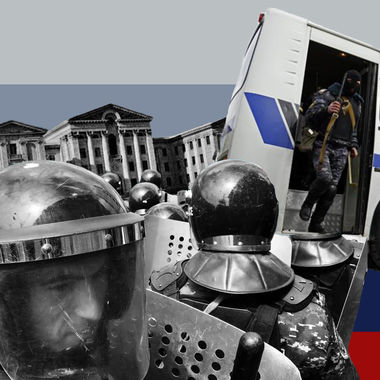


EVN Report welcomes comments that contribute to a healthy discussion and spur an informed debate. All comments will be moderated, thereby any post that includes hate speech, profanity or personal attacks will not be published.